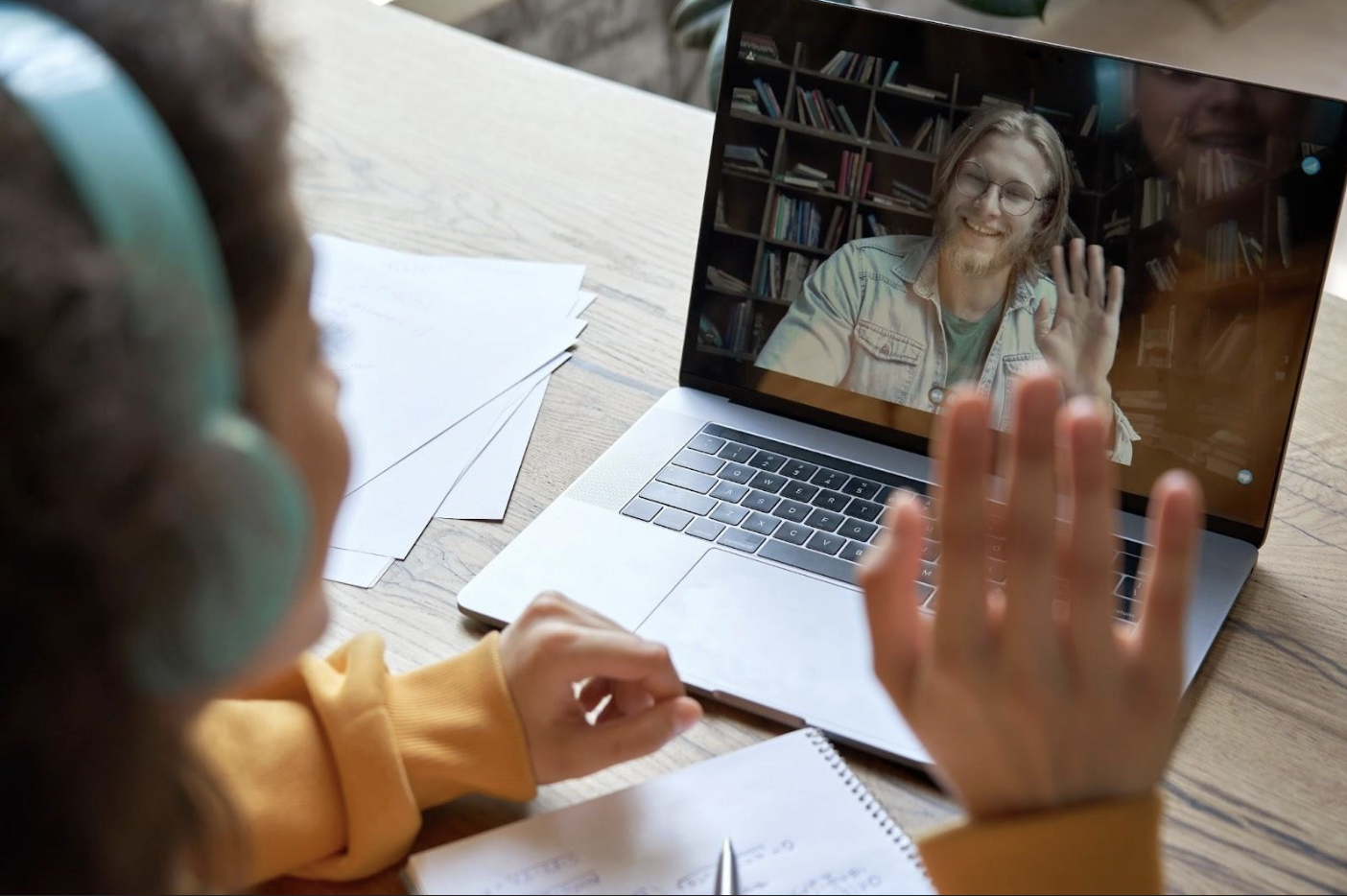Most parents believe that good schools treat all students equally.
They’re constantly on the look-out for elementary, middle, and high schools with standardized curriculum, normalized testing, and teachers who work to deliver the same cookie-cutter lessons to every child. They pursue this approach because on the surface, it seems like the best way to ensure fairness, consistency, and high standards for every kid. Yet, decades of middle-years education research reveals something disturbing.
This seemingly reasonable approach of standardization actually increases rates of failure for the majority of students, all because uniformity in education ignores fundamental differences in how our kids’ brains process and retain information.
Even more interestingly, this misconception runs deeper than most parents realize. When schools attempt to teach all their students at the exact same pace while aiming to use the most identical methods they can, they unwillingly build an educational system that systematically underserves kids who struggle with grasping core concepts while also holding back advanced students who need a faster paced learning environment.
The child who needs extra time to grasp multiplication concepts gets left behind when the class moves to division. The student who mastered fractions months ago sits bored and disengaged while classmates catch up.

Both groups experience mounting frustration and declining academic confidence as the year progresses.
What parents don't understand is that identical treatment produces wildly unequal outcomes because children's brains operate on fundamentally different timelines and through different pathways. The one-size-fits-all model that appears to be the most equitable actually creates the most unfair educational environment, where most students receive instruction that mismatches their readiness level by weeks or even months.

The Neurological Reality That Schools Ignore
Human brains contain approximately 86 billion neurons arranged in hundreds of distinct patterns and regions. Tiny difference in these patterns means that any two children of identical age and intelligence can require vastly different amounts of time to master the same concept.
Let’s look at how children learn to read. Some students understand phonetic patterns quickly by processing letter-sound relationships right away. Others need significantly more repetition and practice to build these same neural pathways through their developing brains. In fact, a 2018 University of Washington study found that reading acquisition timelines vary by as much as three years among neurotypical children. Some master fluent reading at age four while others don't achieve the same level until age seven.
This variation isn’t just isolated to learning to read. Stanford researchers tracking 240 students over two years discovered that individual learning rates in math, specifically algebra, can vary between four and six years on average. One child might grasp slope calculations after three examples and immediately apply the concept to new problems. Another might need twenty to thirty examples to achieve the same understanding and demonstrate similar competency.
Schools tend to ignore this neurological reality because acknowledging it would require dismantling their operational structure. They organize 25 children into age-based cohorts and move them through predetermined curricula at fixed intervals, or “grades.” This system allows for teachers to prepare singular, reusable lesson plans, districts to purchase uniform textbooks they don’t need to update, and administrators to track progress using standardized metrics.
But this efficiency comes at an enormous cost to learning outcomes. The RAND Corporation's multi-year study of 11,000 students across 62 schools found that personalized learning approaches produce dramatically more effective results. These “personalized” methods aim to adapt to individual students’ learning speeds and allow kids to progress when ready rather than when the calendar dictates.
Why Schools Design for Administrative Convenience Instead of Learning?
So then, if it is empirically proven that personalized learning trumps standardization, why do traditional education systems still promote uniformity in the classroom?
Funnily enough, teachers actually do understand that their students learn at different rates and would prefer to individualize instruction. The problem isn't teacher incompetence or lack of caring but rather a system that punishes educators for deviating from standardized approaches. Take fourth-grade for example. California’s state department of education mandates that fourth-grade teachers cover specific standards during specific time periods throughout the year. District administrators create pacing calendars that dictate when teachers should introduce fractions, complete the Revolutionary War unit, or begin teaching the paragraph-essay structure.
These calendars assume that all students will be ready for new concepts on predetermined dates regardless of whether they've mastered the prerequisite skills needed to excel. Teachers who slow down to help struggling students fall behind the pacing guide and face administrative pressure for not covering required material while those who accelerate instruction for the more advanced learners risk leaving the rest of the class behind.
So then, How Does Personalized Learning Actually Work?
So, if the evidence and the actual teachers back personalized learning, are there any real world, accessible examples of this style of education?
Yes there are.
Novatio proves that when educational systems actually align with how children's brains work, remarkable things happen for students across all ability levels. Students complete their core academics in just two hours each morning using AI-powered technology that adapts instantly to their individual comprehension rates, eliminating the frustration of being left behind or the boredom of waiting for others to catch up.

Take learning math in this personalized curriculum. When a child masters multiplication quickly, they immediately advance to division concepts. When another needs more practice with basic operations, they receive exactly that without pressure or shame. This isn't theoretical; students regularly advance 1.5 to 2 years academically in a single school year when using Novatio’s curriculum because they're learning at their optimal pace rather than being constrained by artificial grade-level boundaries.
The mechanism works through continuous assessment that identifies exactly where each student stands on every concept. Traditional schools test students occasionally and then continue with predetermined lessons regardless of results. Personalized systems test understanding constantly and adjust instruction immediately based on comprehension levels, not based on the needs of a school district or administrative, pre-formulated calendar.
Ultimately, it's an undeniable fact that your child's brain works differently than every other child's brain in so many different ways, affecting how quickly they process new information, how many examples they need to grasp concepts, and what types of explanations resonate most effectively with their particular neural pathways. Their educational experience should reflect that uniqueness and work with them rather than forcing our kids to adapt to a system designed for administrative ease over authentic, personalized learning.









